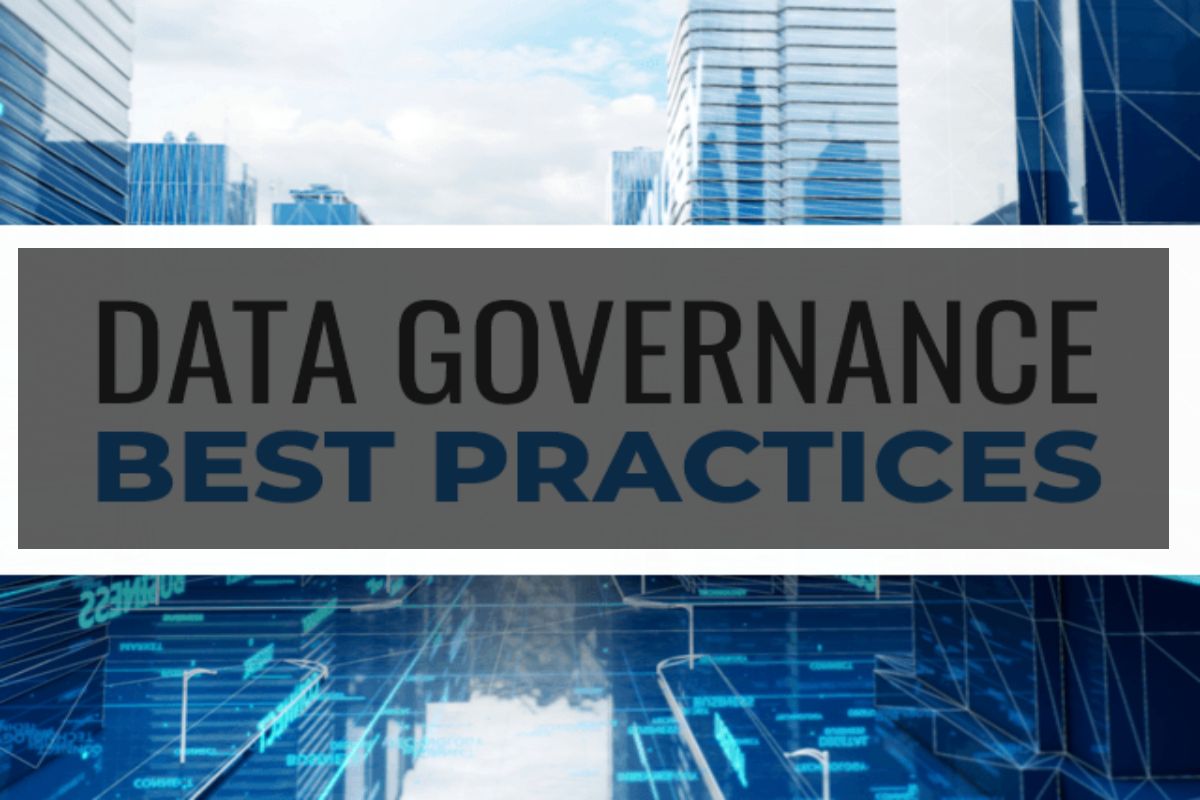Data Governance – Building the data governance framework that you can rely on for your business is an important part of your business growth. With a good data governance framework, you can collect, manage, protect, and use your data in the best way possible, which can bring various advantages to your business. Choosing the best data governance platform to use for your business is also important, so you can apply the best practices of data governance with it.

Here are 3 best practices for data governance:
-
A Single Data Source for Ease of Access
It’s better for you to use a single data source to access your data assets rather than using multiple data sources. It will make it easier for different business departments and various applications to access the data assets you have. Also, it will minimize the potential of data conflicts, which can cause unforeseen problems for your company.
This unification of various data sources in your business can help eliminate the complicated data management process and minimize any potential errors in data collection and analytics.
-
Collecting and Cataloging the Data
A good data governance system should allow you to collect and catalog the data for your business in a way that it won’t conflict with each other. Also, it should give you an automatic detection of invalid or bad data assets that you need to remove from your system right away. Data inconsistencies should no longer exist if you collect and catalog your data in the best way possible.
It will make it easier for the users to find the data assets they are looking for, and it will also save plenty of time and resources during the search process. A good data collecting and cataloging system can put each data in their specific place, which makes it easier for you to find and use later.
-
Data Quality Checking and Automation
Your data governance system should be reliable in giving you consistent quality data you can use for your business. You need to rely on the data quality you have in your business to make various important business decisions later on. So, you need to have a data governance system that can perform a thorough data quality checking both for your existing data and the incoming data.
It also needs to have the automatic process to make the data collecting, storing, protecting, and analytics seamless and easy to do. You don’t need to use the manual method for each data-related activity you need to perform in your business.
Conclusion
These are the best practices for data governance you can follow. Building a good data governance system is necessary to ensure that you can have healthy data for your business, which means getting the type of data you can rely on to make various important decisions in your business.
You can’t rely on bad data when running your business, as it can lead to wrong business decisions, losses, and failures. Thus, it’s important to establish a good [data governance] system to ensure that you can take full control of your data assets, so that it can benefit your business in the long run.

